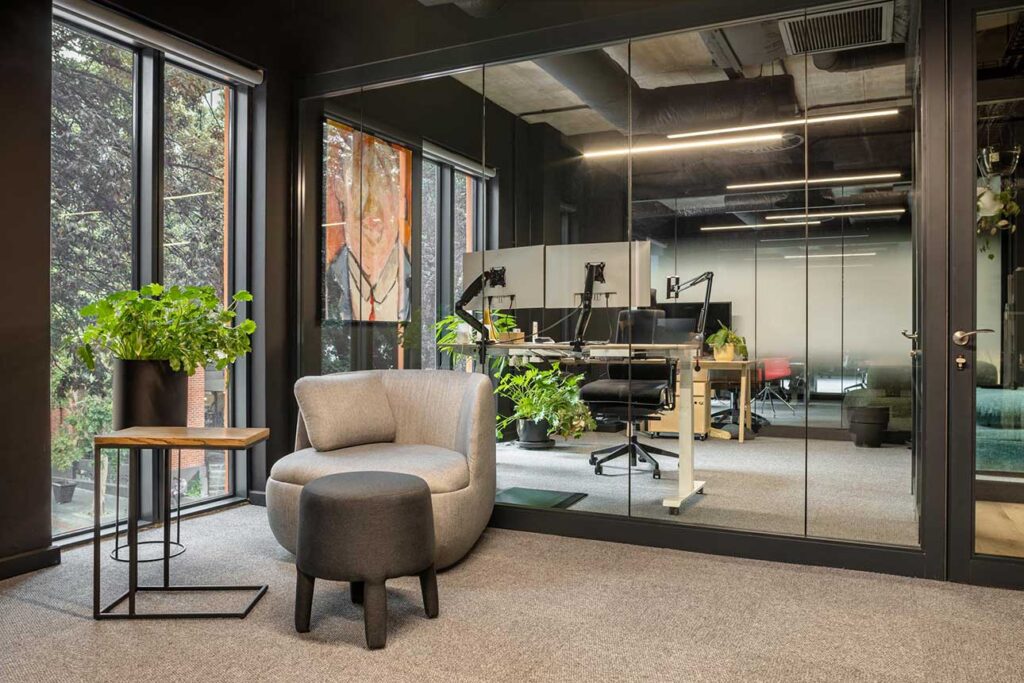Sustainability is no longer a buzzword—it’s a core driver of modern office design. Around the world, companies are rethinking how their workspaces can reduce environmental impact, support employee wellbeing, and increase long-term operational efficiency.
This global shift goes beyond compliance or optics. It’s about creating smart, future-ready environments that align with business values, brand identity, and the evolving expectations of talent.
Here are seven sustainable office design trends shaping workplaces in 2025 and beyond.
Choosing renewable, recycled, or locally sourced materials is one of the most impactful ways to lower your carbon footprint during a workspace fit-out or renovation.
Popular sustainable materials include:
At Trend Group, we integrated many of these choices into our Technogym project, where sustainable materials and acoustic control elevated the space’s environmental and wellness outcomes.
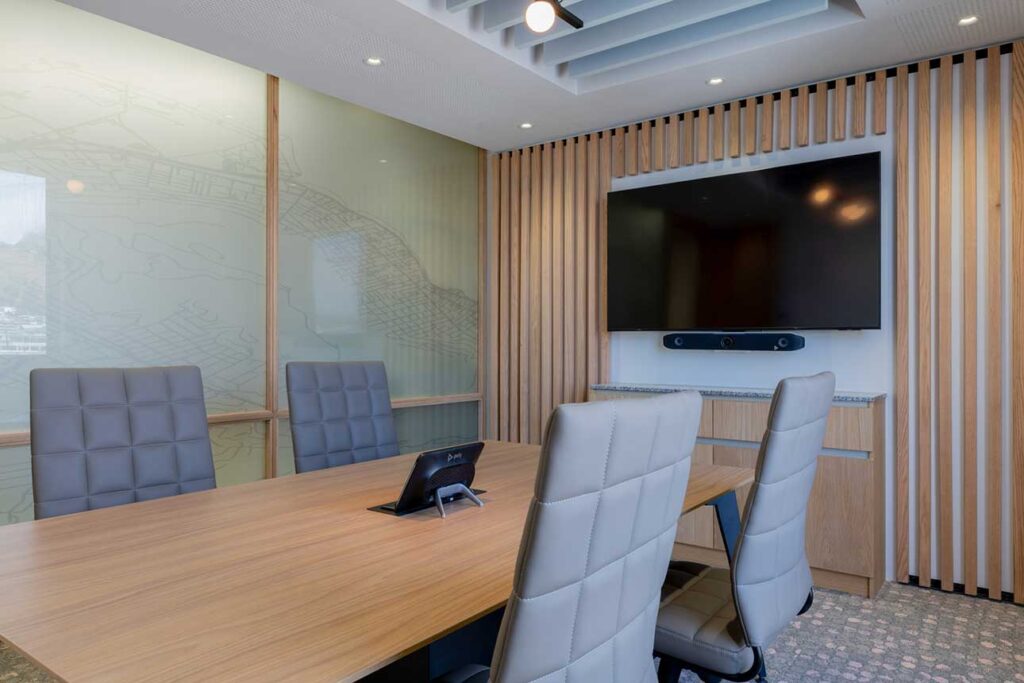
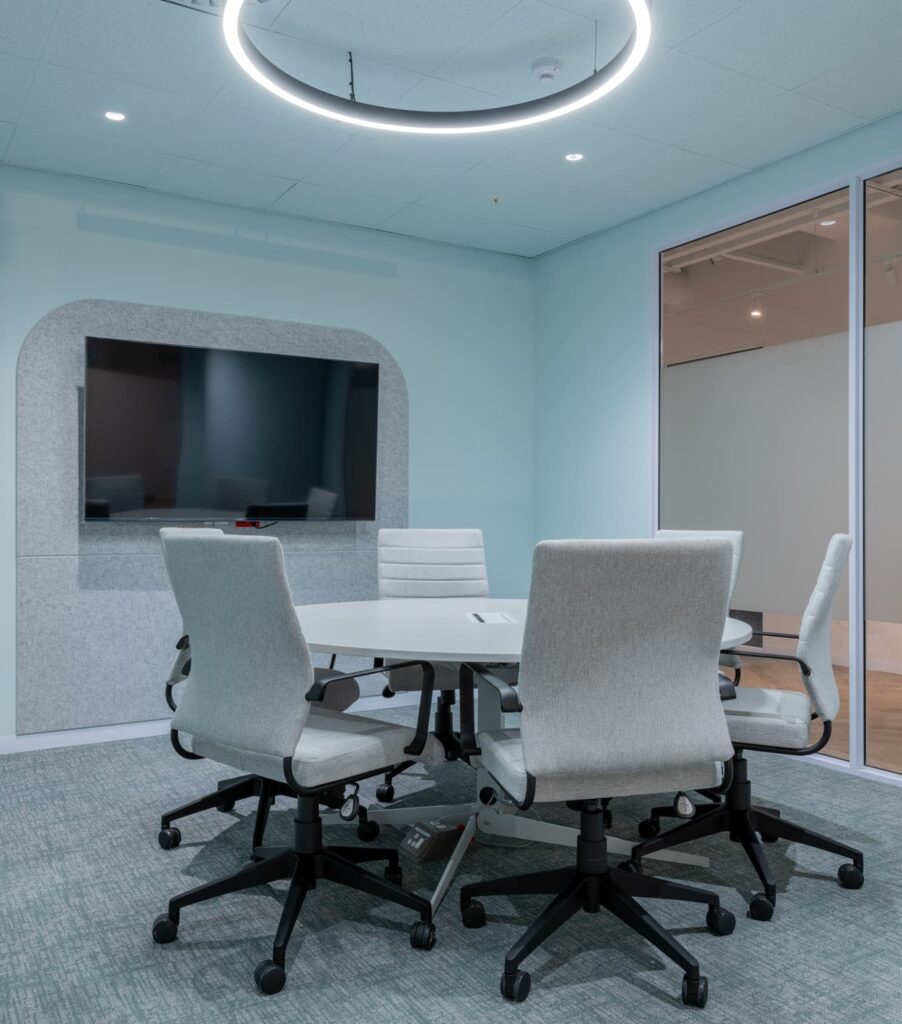
Energy-efficient design is key to cutting operational costs and emissions.
Global best practices include:
Optimising for efficiency from day one leads to measurable, long-term gains.
Sustainable offices are increasingly tech-enabled. Smart systems powered by IoT and AI offer real-time monitoring and control over energy use, lighting, and temperature.
Examples include:
Trend Group recently created an interactive space for a client where innovation meets sustainability, with a dedicated zone for hands-on experimentation.
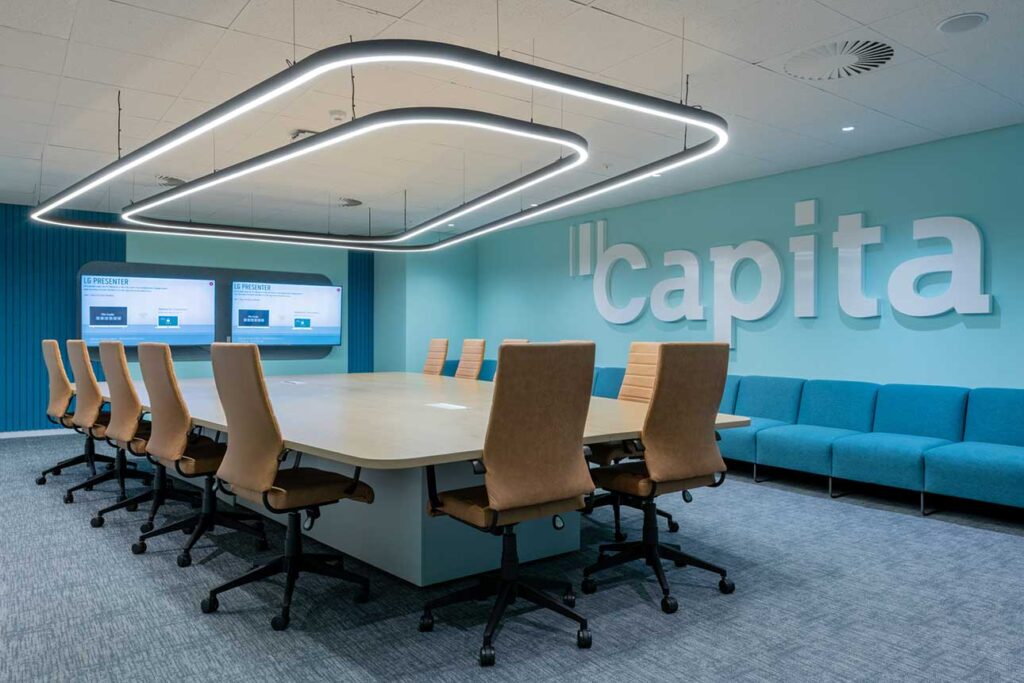
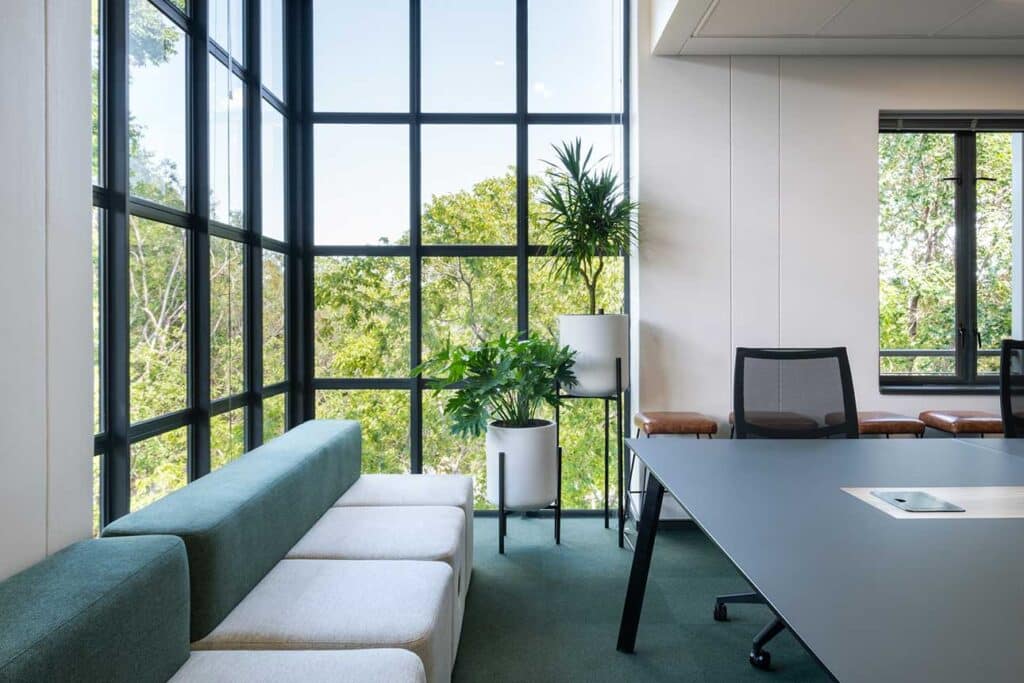
Biophilic design connects people with nature to enhance well-being, reduce stress, and improve focus.
A discussion paper on Healthy Workplaces and Productivity by ResearchGate found that integrating natural elements into office spaces, such as plants and natural lighting, has been associated with stress reduction among employees, leading to improved mental health and increased productivity. Furthermore, employees working in offices with natural greenery saw a 15% rise in productivity over three months.
Global design strategies include:
Sustainability also means creating spaces that adapt and avoiding waste caused by frequent redesigns.
Key flexible design elements:
Flexible design supports hybrid work and reduces unnecessary consumption over time.
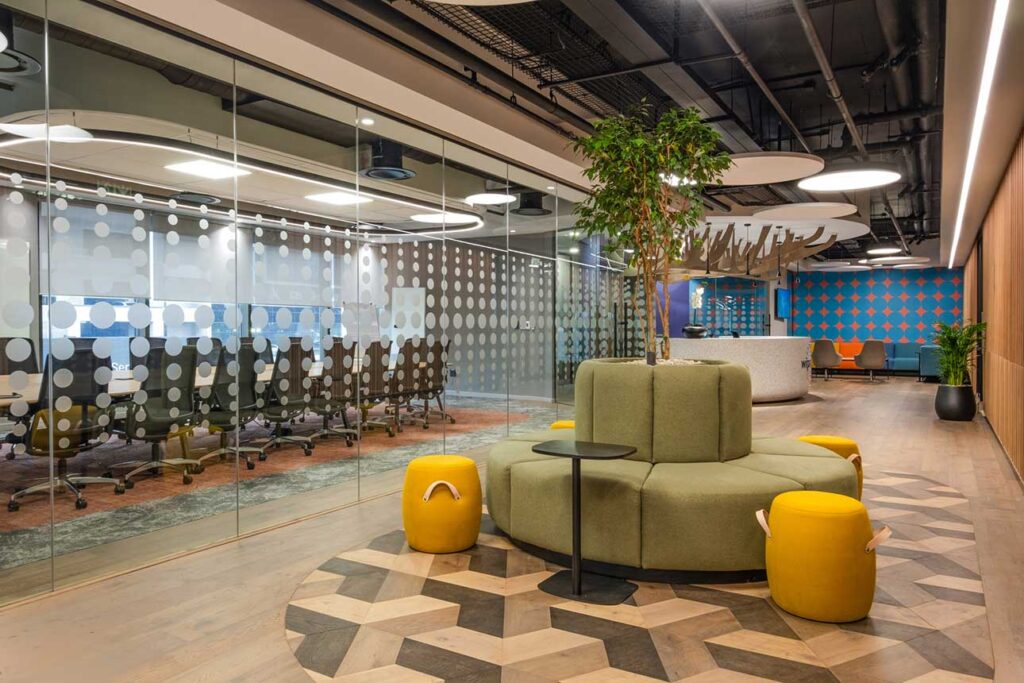

Global companies are accelerating their transition to renewable energy, whether through on-site generation or green energy contracts.
Leading strategies include:
This transition can also be a point of pride for employees and clients.
Studies show that incorporating sustainable design elements into your office benefits the environment and enhances employee well-being.
This includes:
As more companies connect sustainability with culture and employee experience, wellness-led design becomes a key differentiator. After all, a building can’t be considered sustainable if its occupants aren’t thriving.
Creating a sustainable office isn’t just about ticking boxes—it’s about crafting workspaces that evolve with your business and the planet.
To make confident, eco-conscious decisions, see our guide to choosing the right fit-out partner—and let’s design a greener, more innovative workplace together.
Ready to elevate your workplace for 2025 and beyond? Contact Trend Group for a global workspace consultation tailored to your needs.
